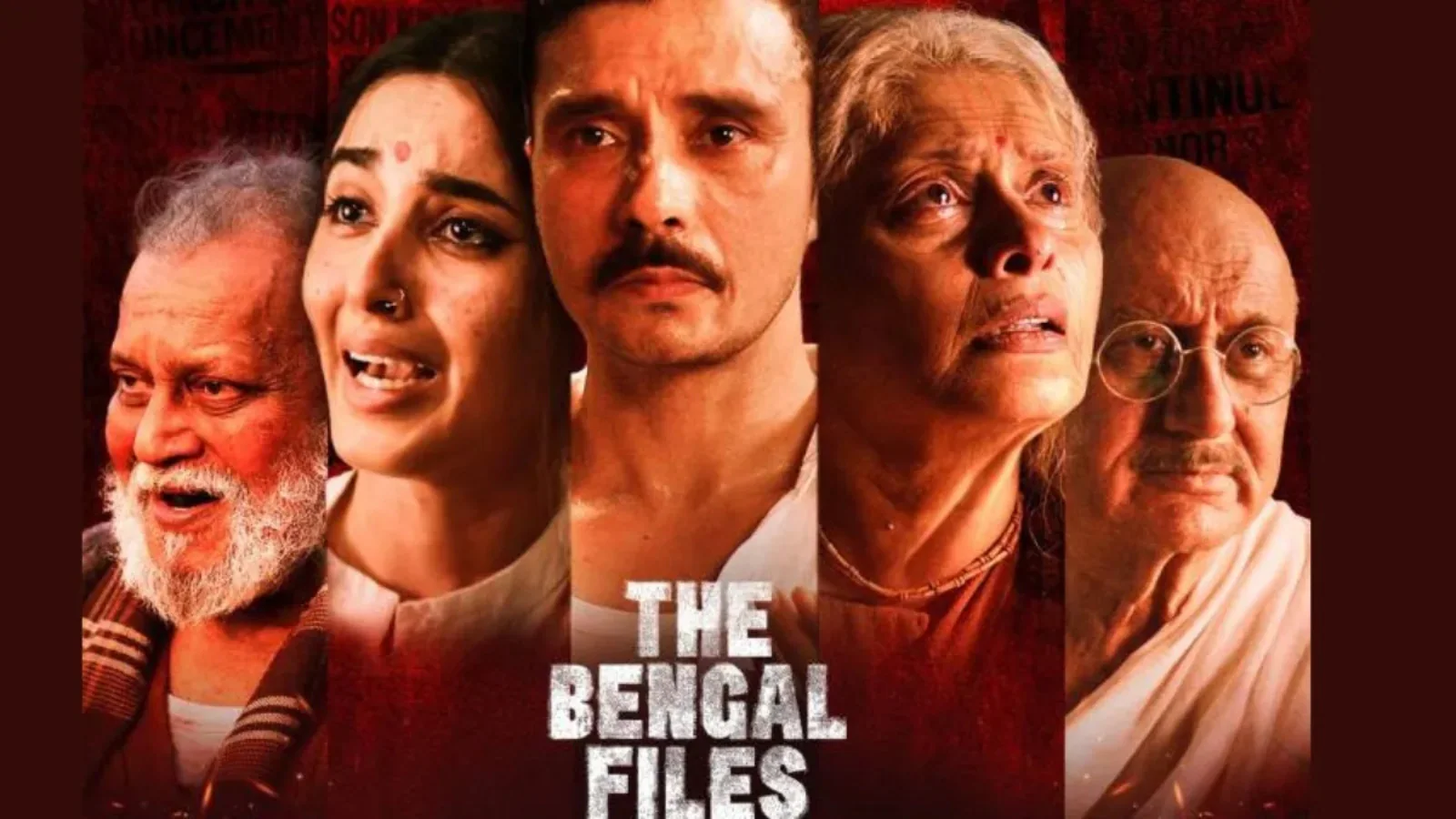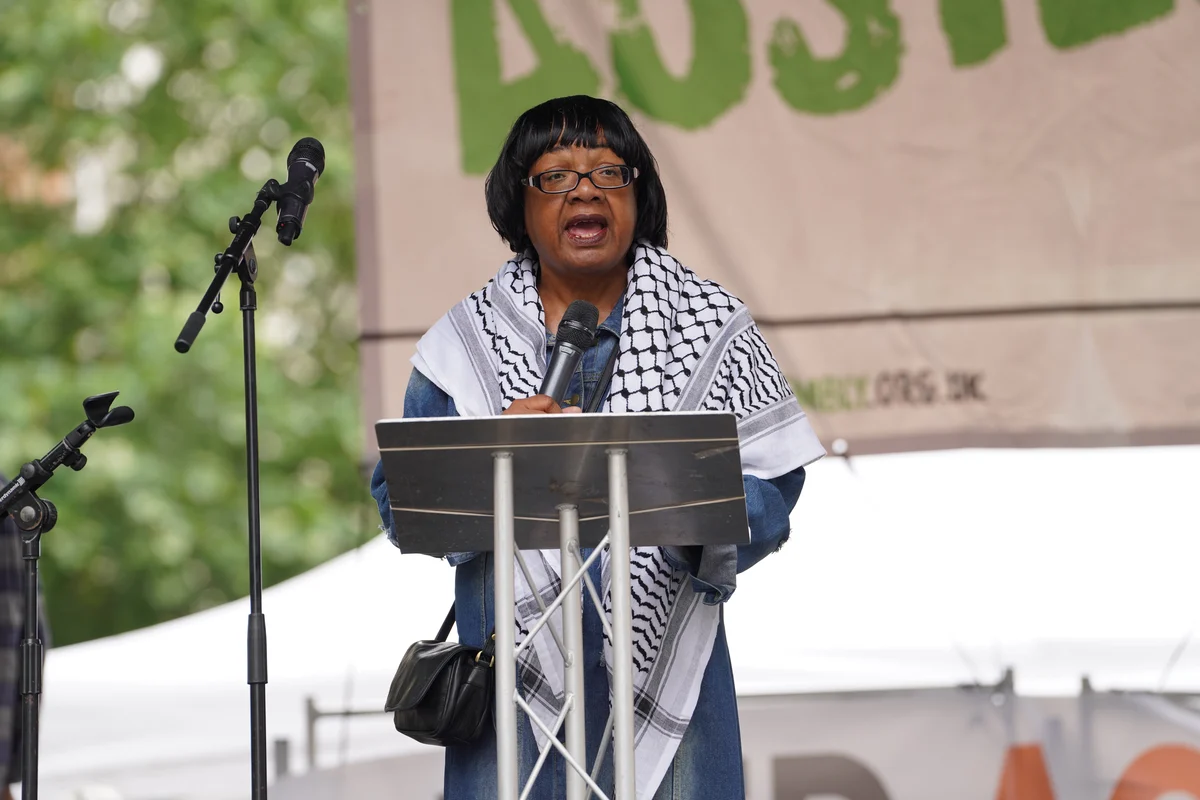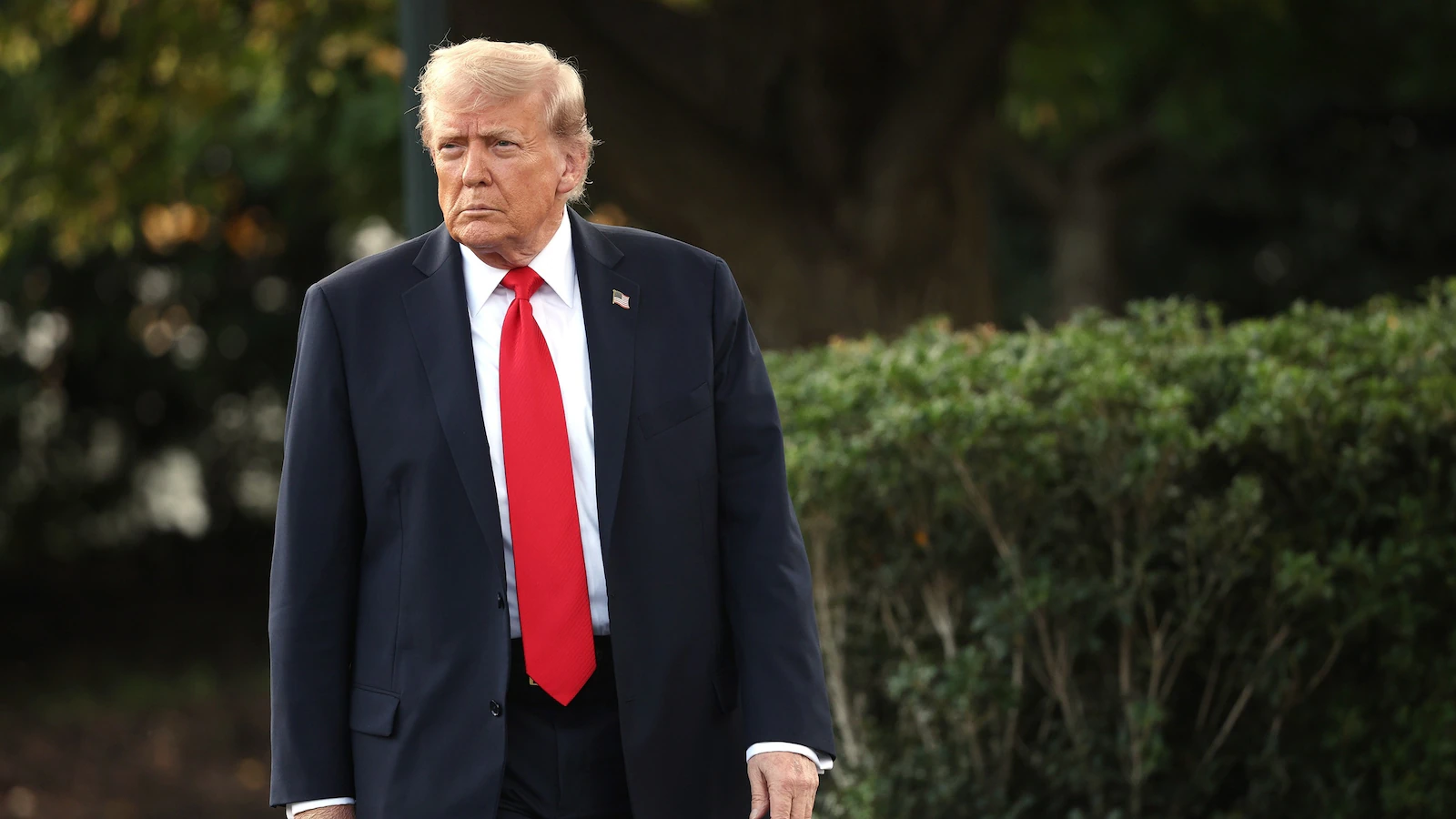By News18,Vivek Gumaste
Copyright news18

The story of our past is as important as our present for it determines our future. Historical atrocities when scrutinised with hindsight prove to be great teachers; they remind our fickle, distracted minds of evils that occurred and warn us of similar dangers lurking in the shadows ready to strike us in our moment of weakness. The Bengal Files, despite its supposed deficiencies and controversies, does great justice to our society by bringing to the fore an unfortunate but edifying chapter of our past-Direct Action Day 1946.
Direct Action Day, which began on August 16, 1946, along with the pogrom at Noakhali, stands out as a gruesome, barbaric and diabolic act of unprecedented depravity even by the standards of pre-Partition violence. Direct Action Day was not a spontaneous violent confrontation between two communities or in other words, a simple communal riot. It was the culmination of a deep-set ideological hatred for the Hindu that found expression in a strategically planned and brutally executed exercise of violence that had administrative sanction. When it was all over, more than 4,000 people had been slaughtered to death in Calcutta.
It is important to recall the events leading up to that fateful day in August 1946. In February of that year, the British, sensing the increasing frustration and anger among Indians, dispatched a high-powered Cabinet Mission consisting of Lord Pethic-Lawrence (Secretary of State for India), Sir Stafford Cripps (President of the Board of Trade), and AV Alexander (First Lord of the Admiralty) to temper the unrest. The specific purpose of the mission was to discuss the transfer of power from Britain to Indians without compromising India’s unity. However, the Cabinet Mission failed to bridge the differences between the Congress Party and the Muslim League, with the latter insisting on a separate country—-Pakistan. Eventually the Mission came up with a plan of its own which was presented as a fait accompli to the two warring parties. The important elements of this plan included the establishment of a Constituent Assembly and a three-tiered federal structure: Group A consisted of 8 Hindu majority provinces; Group B was what would become West Pakistan and Group C was Bengal and Assam. The States would have the right to secede from the Union.
The Muslim League initially welcomed this proposal because it saw in this format the emergence of amenable Muslim-dominated areas that could secede from India at a later stage to create an Islamic State: Muslim-minority Assam would be overwhelmed by Muslim-majority Bengal and the non-league NWFP would be rendered helpless by the surrounding Muslim League dominated provinces.
But when the Congress Party rejected the idea of a three-tiered federation, the Muslim League reversed its decision and fell back on what had been its original game plan: political blackmail and violent religious disruption to achieve its goal. On July 27, Jinnah peevishly declared: “Today we bid good bye to Constitutional methods… I am also going to make trouble now.” The intentions of the League were clear-violence at any cost.
Even prior to Jinnah’s declaration, the Muslim League had made its intentions clear: violence against Hindus would be its modus operandi. In preparation, leaders from across the sub-continent had continued to vitiate the atmosphere with political and religious rhetoric that was aimed at inciting Muslim masses.
MJ Akbar in his book Tinderbox. The Past and Future Of Pakistan recounts: “On 26 March 1946, the League newspaper Dawn quoted Abdur Rab Nishtar, who would be nominated by Jinnah to join the Cabinet in the interim government in Delhi in August 1946, as saying, ‘The real fact is that Musalmans belong to a martial race and are no believers of the non-violent principles of Mr. Gandhi’; while League leader from the Frontier Abdul Qaiyum Khan pointed out that his people were well armed and ready to rebel at a sign from Jinnah. The same paper quoted Sir Feroz Khan Noon (who would later on become the 7th Prime Minister of Pakistan) on April 11 as saying that if Muslims were forced to live under ‘’Hindu raj’ the havoc which the Muslims will play will put to shame what Chengiz Khan and Halaku did’.
Yasmin Khan, the noted scholar in her book, The Great Partition. The Making of India and Pakistan (Yale University Press. 2007), describes in detail the efforts to whip up mob frenzy in the days leading up to Direct Action Day: “During the build-up, handbills and fly posters using religious language urged Muslims to act and linked the earliest Muslims with the contemporary situation, announcing that, ‘In this holy month of Ramzan, Mecca was conquered from the infidels and in this month again a Jehad for the establishment of Pakistan has been declared.’ This kind of Islamic populism drew on older myths and stories, reworking history and compressing time. The Mayor of Calcutta himself commanded: ‘We Muslims have had the crown and have ruled. Do not lose heart, be ready and take swords. Oh Kafir! Your doom is not far and the greater massacre will come.’
The key player and commander-in-chief on the ground of Direct Action Day was undoubtedly HS Suhrawardy, the Oxford educated, unscrupulous Chief Minister of Bengal Province at that time. He was on record by Calcutta’s Statesman newspaper as saying, “bloodshed and disorder are not necessarily evil in themselves, if resorted to for a noble cause”.
It was his covert signal on August 16 that unleashed the violent bloodletting that was to grip Calcutta for days.
“On the morning of the 16th, thousands of Muslims, many of them armed with lathis and brickbats, processed to a mammoth meeting at the Ochterlony Monument in Calcutta to hear speeches made by Husseyn Suhrawardy, the Provincial League Chief Minister, who, if he did not explicitly incite violence, certainly gave the crowds the impression that they could act with impunity, that neither the police nor the military would be called out and that the ministry would turn a blind eye to any action that they unleashed in the city.” (Yasmin Khan. The Great Partition. The Making of India and Pakistan).
The military report (Military report on the riots in Calcutta. 24 August 1946) by the British government confirmed Suhrawardy’s notorious role: “There is hardly a person in Calcutta who has a good word for Suhrawardy, respectable Muslims Included. For years he has been known as “The king of the goondas” and my own private opinion Is, that he fully anticipated what was going to happen, and allowed it to work itself up, and probably organised the disturbance with his goonda gangs…”
Other historical sources have also documented the organised nature of this assault on Hindus and the role of Suhrawardy: “Prominent Muslim League leaders spent a great deal of time in police control rooms directing operations, and the role of H.S. Suhrawardy in obstructing police duties is well documented. S.K. Bhattacharya, a sub-inspector at the Lalbazar police station in 1946, recalls how they were not allowed to take any action for two days under the Muslim League Government; he also named a number of ‘bad characters’ with political connections who had directed mob frenzy. The notorious criminal Bombaiya, living in the New Market area…… Mina Punjabi of the Cornwallis basti and Munna Choudhuri in the Harrison Road area. Police intelligence reports stated that well before the Direct-Action Day rally, Muslim League volunteers had acted on directives to mobilise ambulances; special petrol coupons, issued in the name of ministers, were used by League officials. These direct links with institutional politics ensured that the outbreaks of violence were highly organised”.
In summary, Direct Action Day was a despicable, horrific act of religious bestiality that was carefully planned for months with incendiary statements to whip up Muslim frenzy and logistically implemented by a free supply of petrol to Muslim goons and transfer of Hindu police officers; in addition, it was administratively facilitated by stalling military and police action for days so that Muslim goons would have a free hand to decimate the Hindus of Calcutta.
There is no denying that the Hindus retaliated with equal force. But the point to be clearly and unequivocally noted is that it was the Muslim League that was solely responsible for initiating this inhuman carnage.
Finally coming to the movie, The Bengal Files. Is Vivek Agnihotri merely raking up old wounds? Or is he trying to present Indians with a relevant snapshot of our past? And if so, does it serve any purpose?
Critics who pan this film as an exercise in hate are missing the point or deliberately trying to avoid confronting an ugly and uncomfortable past that has serious implications for our future. For the Hindus, this is a reminder of what happened and what could happen especially in light of what is happening in Bangladesh today and the ethnic cleansing that occurred in Kashmir in the 1990s. To forget the past is to be unprepared for the future: an open invitation for self-destruction.
There is a lesson in this for right thinking Muslims as well. This is a moment to introspect, to honestly confront and accept the cruel atrocities that their forebearers visited upon the Hindus. This is also an opportunity for Muslims to disassociate themselves from this dubious past and make amends, instead of living in denial. Such a change in mindset will go a long way in fostering Hindu-Muslim amity and nurturing a truly secular India.
The existing Hindu amnesia and Muslim denial cannot be the panacea to resolve Hindu-Muslim rupture.
The writer is a US-based author. Views expressed in the above piece are personal and solely that of the author. They do not necessarily reflect News18’s views.



